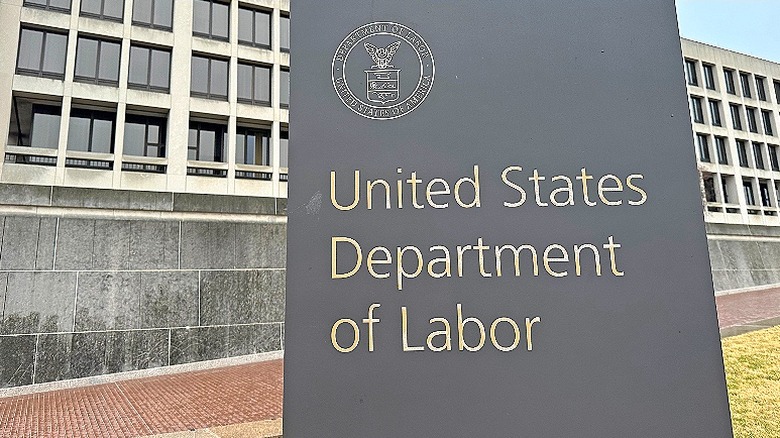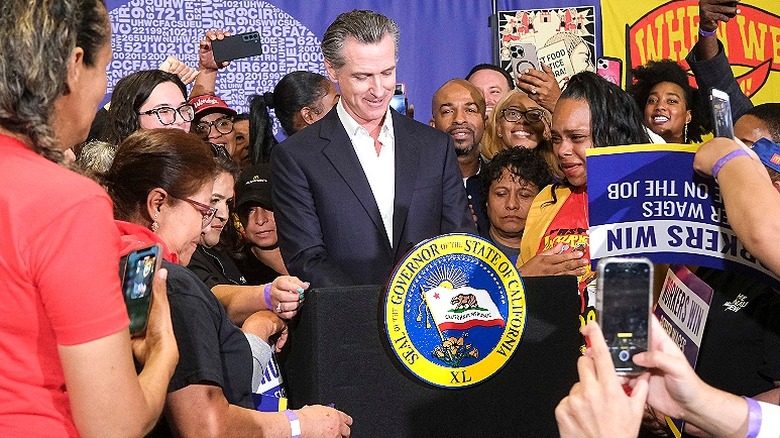A Look At Federal Vs. State (Vs. Local) Minimum Wages
Did you know that minimum-wage jobs don't all pay the same? Depending on where you live, the hourly minimum wage can range from $7.25 (the federal minimum) to over $18 as of the middle of 2024. In states where the minimum wage is $7.25 per hour, a full-time employee working 40 hours a week for a year without overtime (note that not all jobs pay overtime) would earn $15,080 in annual wages, while a worker earning $18 per hour would make $37,440 in the same time frame. That's a huge difference, right?
You may wonder how this is possible. The answer lies in the fact that many states, and even some municipalities, have set their own minimum wage that's higher than what is required under federal law. As a longtime senior-certified HR professional and trainer, I know firsthand just how important it is for workers and employers to be aware of the differences in the minimum wage at the federal versus the state level. Employers must have the information they need to comply with all applicable laws and regulations, while workers need to be aware of the wage and hour laws that impact their compensation and workplace rights.
Workers in 20 states earn the federal minimum wage
The U.S. Department of Labor increased the federal minimum wage to $7.25 per hour in July 2009, and it hasn't changed since. At that time, 31 states had to raise their minimum wage in order to meet the new federal regulations, which means 19 states already had their own laws in place that required employers to pay a higher minimum wage than this. As of 2024, even more states have passed laws raising the minimum wage within their borders.
As of September 2024, it remains legal in 20 states for an employer, as covered by the Fair Labor Standards Act, to pay workers a minimum wage of $7.25 per hour. This applies to you if you live in one of the following states, many of which are located in the South and Midwest regions: Alabama, Georgia, Idaho, Indiana, Iowa, Kansas, Kentucky, Louisiana, Mississippi, New Hampshire, North and South Carolina, North Dakota, Oklahoma, Pennsylvania, Tennessee, Texas, Utah, Wisconsin, and Wyoming.
The 30 states not listed all have state laws that establish a minimum wage that's higher than the federal requirement. In addition, so do the District of Columbia and the U.S. territories of Guam, Puerto Rico, and the Northern Marina Islands.
Why states can set their own (higher) minimum wage
Since all states have to comply with federal law, you may be wondering how some states have a different minimum wage than what's required under the Fair Labor Standards Act. The reality is that federal wage and hour regulations establish the least stringent standard that must be applied. A state legislature cannot pass a law or implement regulations with a lower standard than federal law, but any state is free to enact a higher one. The same is true for municipalities.
While no state currently has a minimum wage above $18, quite a few states and municipalities do have an hourly minimum wage of $15 or more. On January 1, 2024, 22 states raised their minimum wages, with three states — California, New York, and Washington — establishing baseline wages of $16 an hour (Washington, in fact, raised its minimum to $16.28, a reason why it's in the top three states with the highest average salary).
As for cities, several have higher minimum wages than their states, including Seattle, which has a minimum wage of $19.97 per hour, as of 2024, and Mountain View and Emeryille in California, both of which have minimum wages above $18 — $18.75 and $18.67, respectively. Denver, meanwhile, also has a minimum wage that pays workers more than $18 an hour; $18.29, to be exact, which is $3.87 higher than Colorado's minimum wage of $14.42. (And on that note, here's the best time of year to look for a job.)


